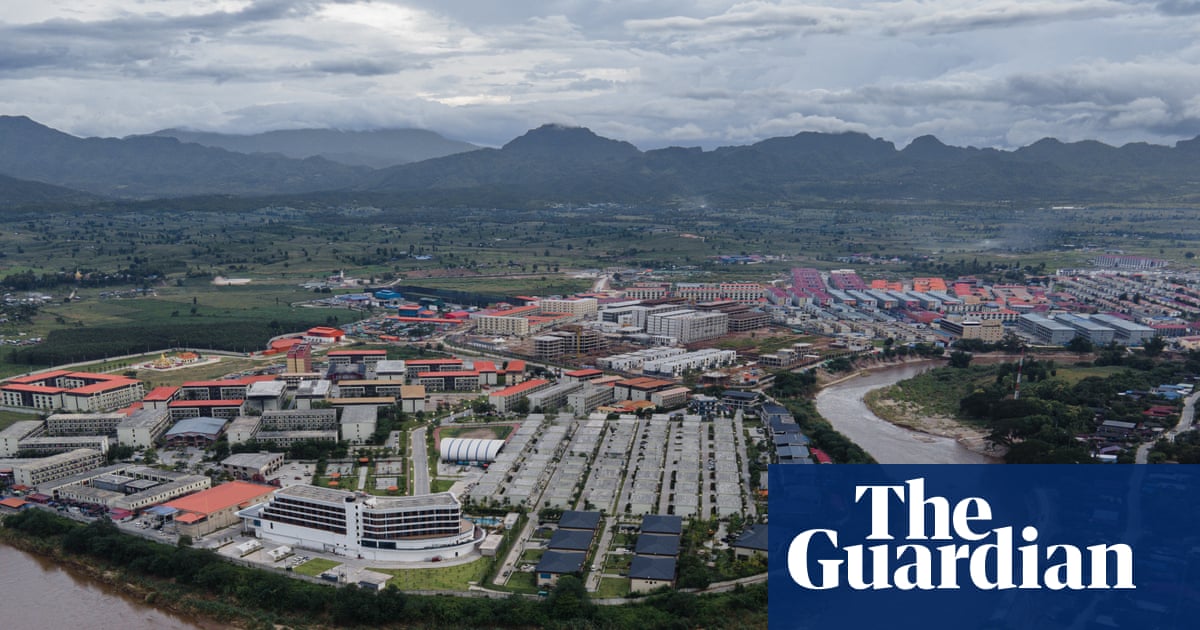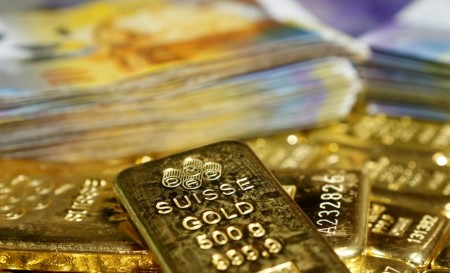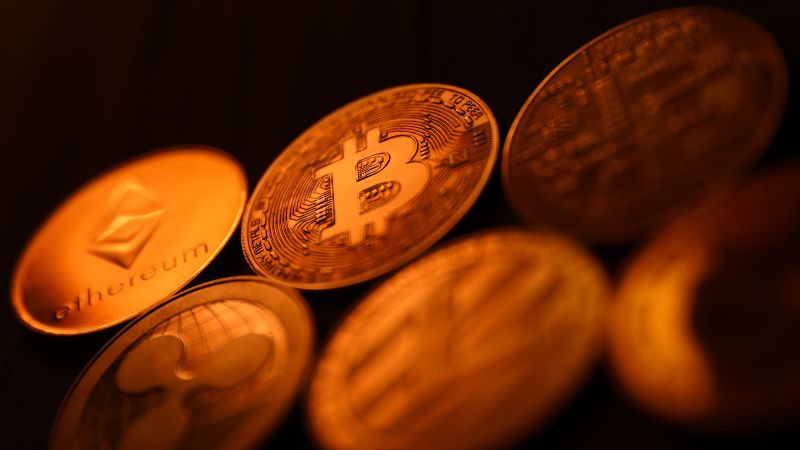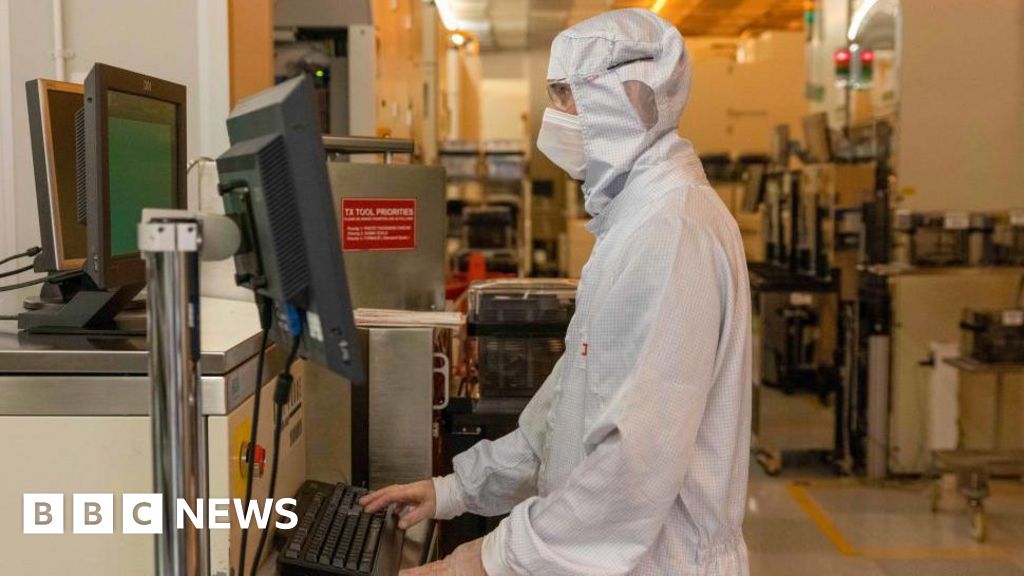China's Shocking New Rules on Rare Earth Exports Could Cripple Global Tech!
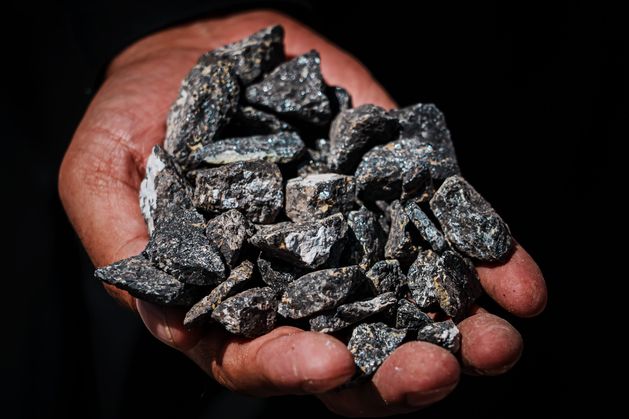
What if I told you that the future of electric vehicles and the tech we rely on daily is hanging by a thread? That's right! China just imposed strict restrictions on the export of rare earth minerals, sending shockwaves through the United States and Europe. This could mean serious trouble for industries that depend on these crucial elements.
Recently, European Trade Commissioner Maros Sefcovic voiced his concern, labeling China's latest measures as "unjustified" and a "critical concern" during a high-stakes meeting of EU ministers in Denmark. But what exactly are these rare earth elements, and why should we care?
Rare earths are not just a quirky name—they’re a group of 17 essential mineral elements, including 15 silvery-white metals known as lanthanides, along with scandium and yttrium. These minerals are the backbone of countless industrial products, from consumer electronics and electric vehicles to military applications like missiles and radar systems. In fact, without them, modern technology as we know it would come to a grinding halt.
China currently dominates the market, accounting for approximately 60% of global mine production and a staggering 90% of processed and permanent magnet output. With Beijing controlling quotas for output, smelting, and separation, these minerals are not only a resource but a geopolitical lever as well.
Among the rare earths, lanthanum and cerium are the most common, vital for everything from camera lenses to catalytic converters that help cut down emissions from cars. Neodymium and praseodymium, on the other hand, are crucial for creating strong permanent magnets used in electric vehicle motors and wind turbines.
But hold on, are they really that rare? Surprisingly, no! Some of these minerals are more abundant than lead. However, they tend to be scattered thinly across the Earth's crust, making large deposits hard to find and extraction costly.
Environmental considerations complicate matters further. The process of refining these rare earths often involves toxic solvents that can pollute our environment. Although the development of more eco-friendly technologies is underway, they haven't reached widespread adoption just yet, leaving us with a pressing dilemma.
Now, why is this news making headlines? Last week, China tightened its already stringent export restrictions just ahead of critical trade talks between Presidents Donald Trump and Xi Jinping. In its latest announcement, China has now added five more elements to its list of controlled exports, bringing the total to twelve and limiting the export of essential mining and refining equipment.
This means companies wanting to export rare earths must now apply for licenses, and those licenses may be denied based on the nature of the products. Just imagine car plants around the globe grinding to a halt due to shortages—a nightmare that we are already witnessing thanks to prior controls. Beijing did say it would make license approvals easier, but only with a catch: defense-related applications will be scrutinized closely, alongside advanced semiconductor manufacturing.
For foreign producers, the implications are profound. For the first time, China intends to impose its rules on those who produce rare earths using Chinese materials or equipment. This echoes the U.S. approach of controlling technology exports, aiming to maintain its competitive edge.
In a world increasingly reliant on these minerals, the stakes are sky-high. The new rules may deepen China's grip on the rare earth supply chain, making it even harder for nations to establish alternative sources. And while companies worldwide scramble to comply with these regulations, the clock is ticking on our tech-driven future.















